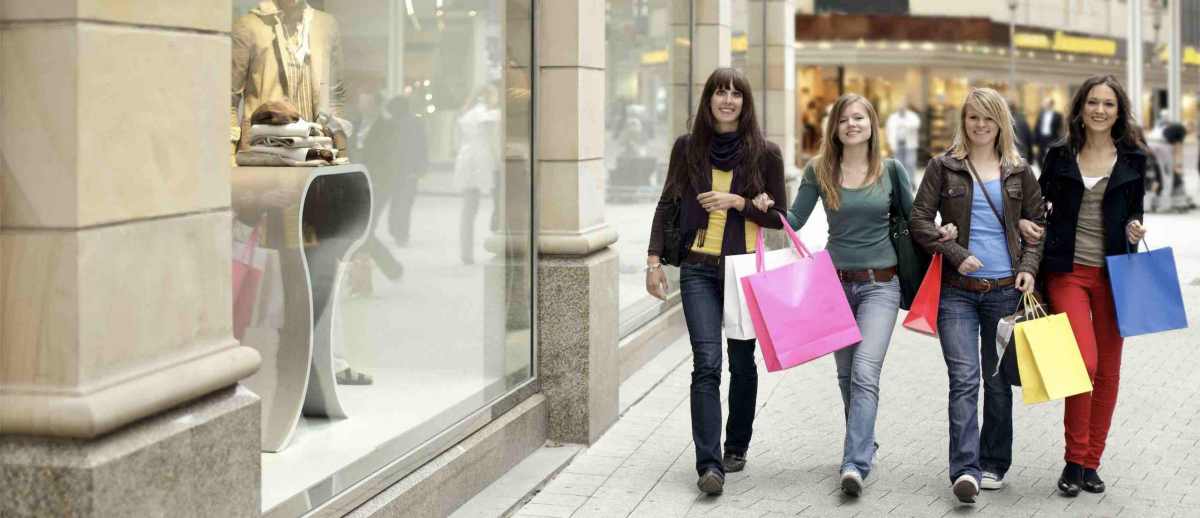
Retail brand Patagonia and fashion brand Esprit, in the late 1980s, had started considering preservation of the environment by taking decisive steps in their apparel businesses. That was when the consciousness towards eco-friendly fabrics and sustainable fashion started getting mainstream attention. Series of conferences and PR campaigns were organized by both brands to sensitize the public to start making sustainable fashion choices.
The groundwork of both brands drastically evolved over the years and it has gained more traction now more than ever, and smart fashion brands and retailers are finding opportunities in the eco friendly fabrics industry, even dedicating whole departments to research, and development.
With this development, even consumer behavior shifted exponentially. Thankfully it has shifted for the better as people no longer buy fashion apparel to just look good, they also consider, now, fashion choices that are environmentally friendly, of which buying organic fabric is the most preferred.
Why should apparel retailing and fashion design brands who plan to be trend makers in the fashion industry invest now in this still budding sub-industry? Read through to find out.
Organic Fabrics are of Better Quality
Customers are wildly charismatic about fashion retailers’ quality. The quality of organic and eco-friendly fabric by far surpass their inorganic counterparts. An example is SeaCell, a fabric made from seaweed, precisely brown algae, mixed with cellulose. SeaCell remineralises the skin, soothes skin irritation and detoxifies the body. These features are sure of better value to customers, hence better quality.
Organic Fabrics are Cheaper
The materials used in making eco-friendly fabrics are relatively inexpensive, as most time they’re recycled products which are easy to source as compared to inorganic fabrics made from mostly compound elements and chemicals and chemical processes which are really expensive. But with organic fabric, the materials in making them can be sourced in very accessible, cheap places.
Eco-friendly Fabrics Reduce Waste Management Costs
Since organic fabric is aimed at environmental conversation, every waste material can be recycled and reused, hence reducing the amount of waste that is produced and thus making waste packaging cheaper.
Investment in Eco-friendly Fabrics Create More Jobs
With a variety of these eco-friendly fabrics out there in the market, apparel brands will need to have specialized departments aimed at researching about the unique qualities of these fabrics, and development as well as incorporating these fabrics into their showroom. This will create new jobs that didn’t exist before, thus reducing the unemployment statistic.
Boosts Positive Brand Image
The discussions around conserving the environment are gaining traction by the minute at alarming speeds. Luckily it concerns everybody. If a brand can champion the movement creating awareness about eco friendly fabrics, and all there is to it, it will definitely boost her image positively.
The fashion industry will have more to gain than lose if she takes the bull by the horn and invests massively and aggressively in the eco friendly fabric industry. Though the benefits may not come immediately, more opportunities and clarity will come in the long run as it is with everything that matures with time.